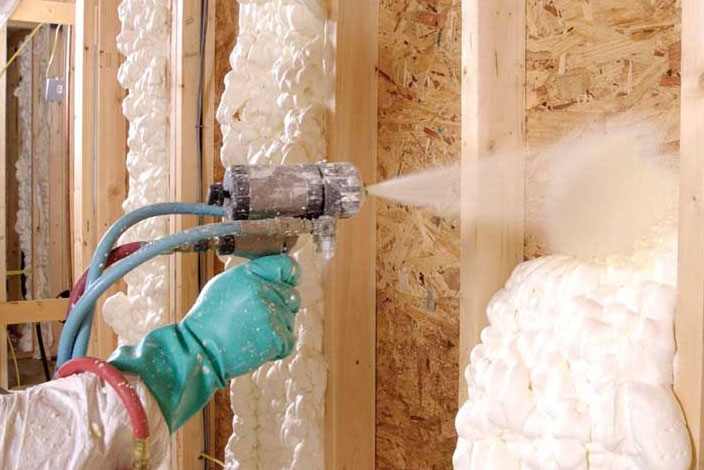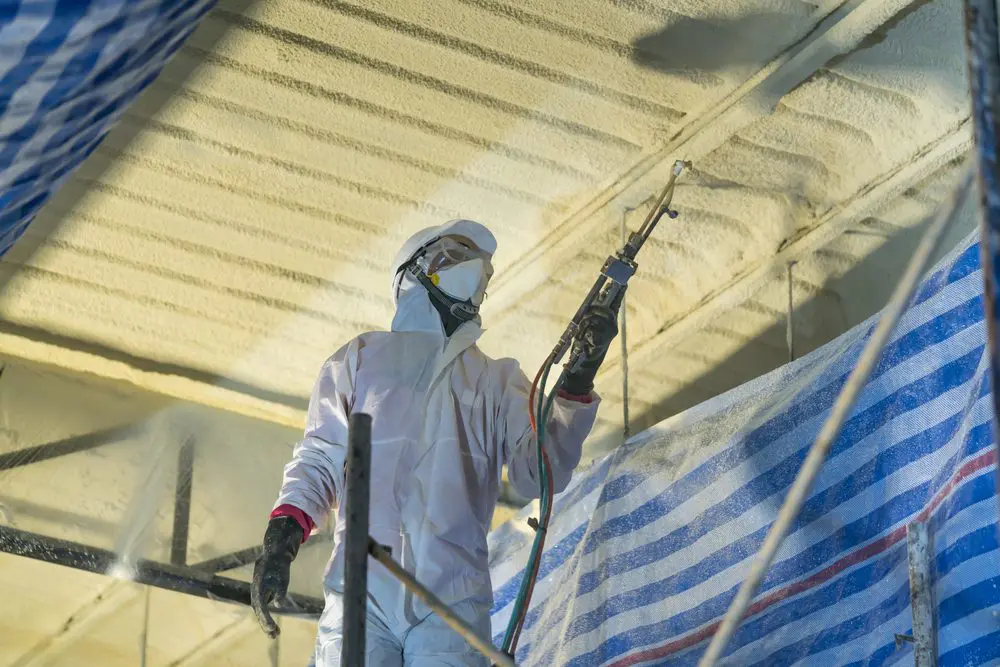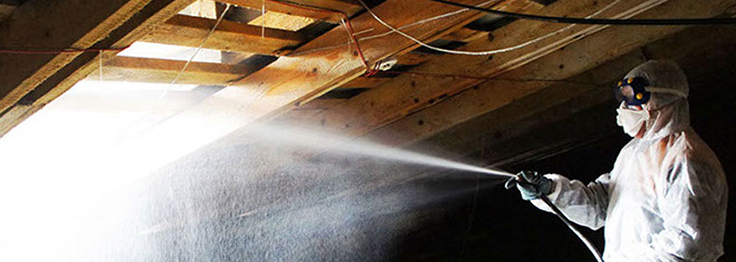Is Spray Foam Insulation Safe? Real Facts, Stats, and What You Should Know
Spray foam insulation is one of the most energy efficient options available for homeowners today. It is widely used in attics, walls, basements, and crawl spaces to seal leaks and improve indoor comfort. Still, many people are asking the same question: is spray foam insulation actually safe?
In this article, we break down the facts using real government data, health studies, and actual case stories so you can make an informed decision. Whether you're planning a new build or considering a retrofit, this guide will help you understand the benefits, the risks, and how to do it right.
🔍 What Is Spray Foam Insulation?
Spray polyurethane foam, often called SPF, is applied as a liquid that expands into a solid, forming an airtight barrier. There are two main types:
Open-cell spray foam:
Less dense, slightly breathable, better for sound dampening
Closed-cell spray foam:
Denser, acts as a vapor barrier, adds structural strength
Both types offer high R-values per inch, outperforming traditional fiberglass or cellulose insulation in many cases.
⚠️ The Health Concerns
During Installation
When spray foam is applied, it contains chemicals like isocyanates and polyols, which can irritate the skin, eyes, and lungs. According to the EPA, short-term exposure to these chemicals may lead to:
A NIOSH study found that sprayers often exceed recommended exposure limits if not using proper protective gear and ventilation. In fact, about 25 percent of SPF workers report work-related breathing problems.
The good news? These issues mostly occur during application. If applied properly and left to cure completely, spray foam becomes chemically inert and does not continue off-gassing.
After Installation
The curing time depends on the type of foam and conditions:
Open-cell foam:
Cures in about 24 hours
Closed-cell foam:
Cures in up to 48 hours
After that, it is generally safe to re-enter the area. However, installers and homeowners should always follow safety guidance. For details, the Consumer Product Safety Commission offers valuable advice for consumers.
Professional Spray Foam Application Equipment

Professional Application Gun
Specialized equipment used by certified professionals for precise spray foam application.

Polyurethane Foam Application
Close-up view of polyurethane foam being applied with proper protective equipment.
🔬 Long-Term Safety: What the Research Says
Once cured, spray foam is stable and non-toxic. It does not break down easily and has no known long-term emissions. However, improper installation can create hidden problems such as:
Studies show that these issues usually stem from poor workmanship, not the material itself. That's why hiring a certified, experienced contractor is essential.
🏠 Property Value and Mortgage Risks
In recent years, spray foam has caused financial headaches for some homeowners. News reports from the UK and the US reveal stories where:
In one case covered by The Guardian, a couple installed spray foam with a government grant, only to discover that no bank would lend against their home afterward.
Note: These stories are not common but do highlight the importance of working with trusted professionals and checking with lenders before installation.

Professional Installation Service
Certified professionals ensuring safe and proper spray foam installation with all safety protocols.
⚖️ Pros and Cons Summary
| Pros | Cons |
|---|---|
| High insulation value per inch | Health risks during application if safety is ignored |
| Air sealing reduces drafts and bills | Requires certified, careful installation |
| Reduces noise and improves comfort | Curing time means temporary vacancy |
| Can last for decades if undisturbed | May affect resale or financing in some cases |
✅ Best Practices for Safe Spray Foam Use
To ensure spray foam insulation is both safe and effective:
The EPA also provides guidance on safe workplace practices that every contractor should follow.
📊 Real Stats to Consider
Workers exposed to SPF report asthma symptoms at 4 times the national average
Energy bills can drop by 30 to 50 percent with effective spray foam insulation
Removal of bad installations can cost $8,000 to $12,000 depending on the home size
In some regions, mortgage refusals have increased due to roof-deck foam issues
🎯 Conclusion: So, Is It Safe?
Spray foam insulation is safe when installed correctly, using proper safety gear, procedures, and materials. It can significantly improve your home's comfort and energy efficiency. But it is not a DIY job. The real risk lies not in the product itself, but in how it's applied.
If you decide to go with spray foam, I recommend working only with certified professionals, ensuring your insulation installer follows EPA and CPSC guidelines, and planning your installation when you can be out of the house. Also, talk to your real estate agent or lender if you're insulating a roof or attic, just to be sure it won't affect your future financing.
When done right, spray foam insulation can be a long-lasting, energy-smart choice for your home.
